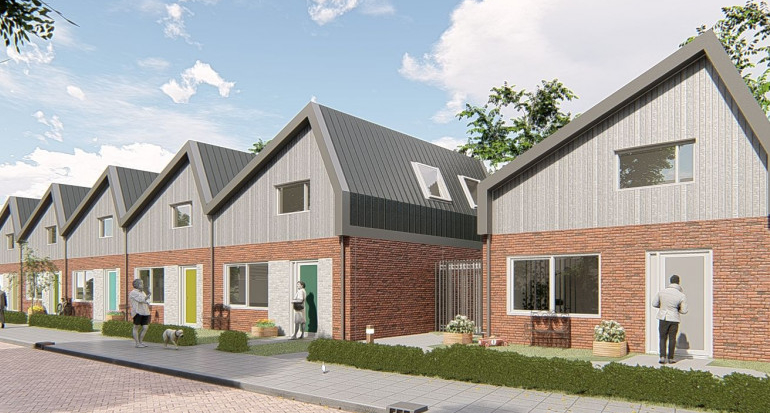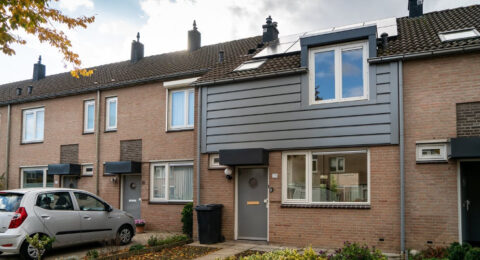The government has plans to build hundreds of thousands of homes for the elderly in the coming years. However, much of this additional housing, such as single-floor homes, is not necessary at all. This has been determined by the Economic Institute for Construction (EIB).
"Not only is there a lot of demand for housing for the elderly every year, but many also become vacant every year, for example due to death or moving to a nursing home," explained knowledge institute director Taco van Hoek. "This should also be taken into account." However, according to him, this has not been done.
Nearly one-third of the 900,000 homes the government plans to build through 2030 must be suitable for the elderly. This includes 170,000 accessible, ground-level homes and 40,000 clustered care spaces for people with dementia, for example. In addition, 80,000 homes will be built in courtyards to promote social contact.
Van Hoek notes that while the latter two types of housing are needed, the 170,000 accessible homes are not. "Although 340,000 seniors are expected to move into accessible housing by 2030, 440,000 are also likely to become vacant again, for example due to death."
He acknowledges that problems may arise locally, for example, if housing is in high demand in a particular area, but the vacant housing is mainly elsewhere. This could play out in municipalities such as Almere, where there are relatively few suitable homes for the elderly.
Van Hoek calls this "local customization." He stresses that it is a "fallacy" to think there is a national shortage of accessible housing for the elderly. He also disputes the idea that building lots of senior housing helps stimulate flow in the housing market.
According to him, there are always some cases of people who would like to move to accessible housing but cannot find one. But most people who want to move to accessible housing are already able to do so, according to Van Hoek. "There is a huge supply," he said.











